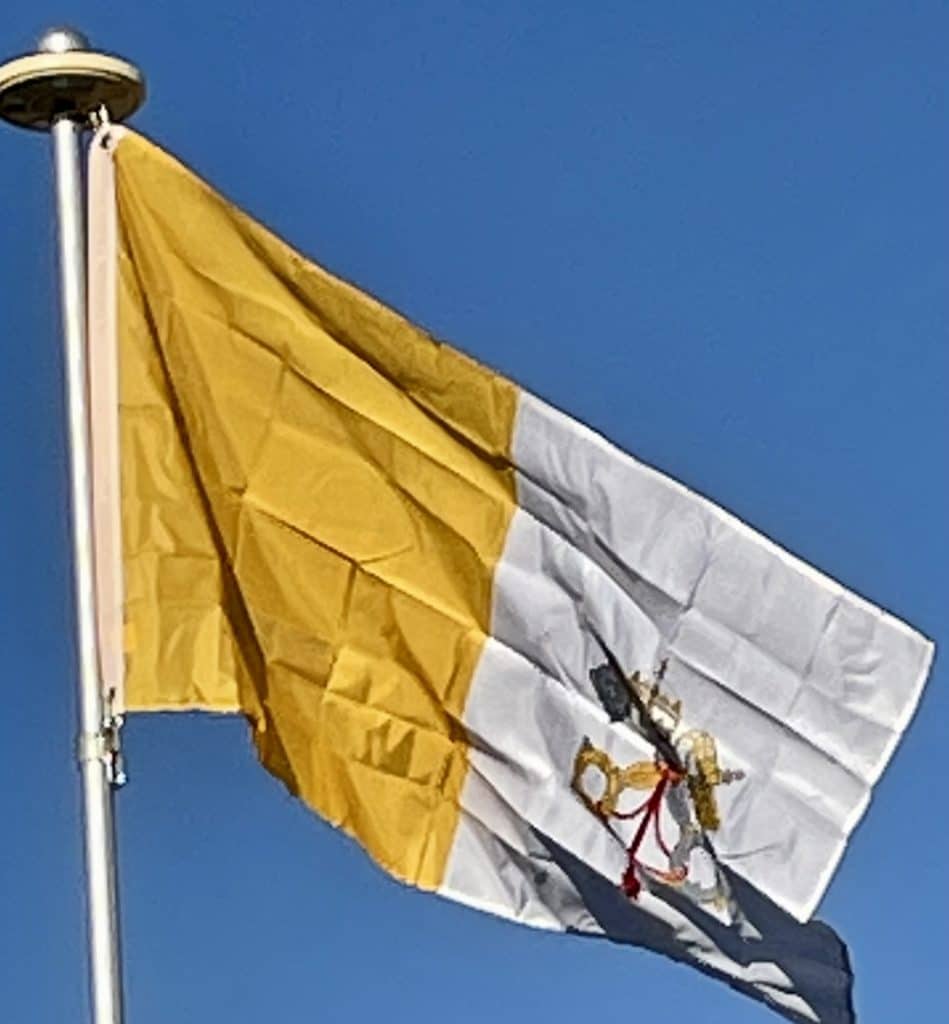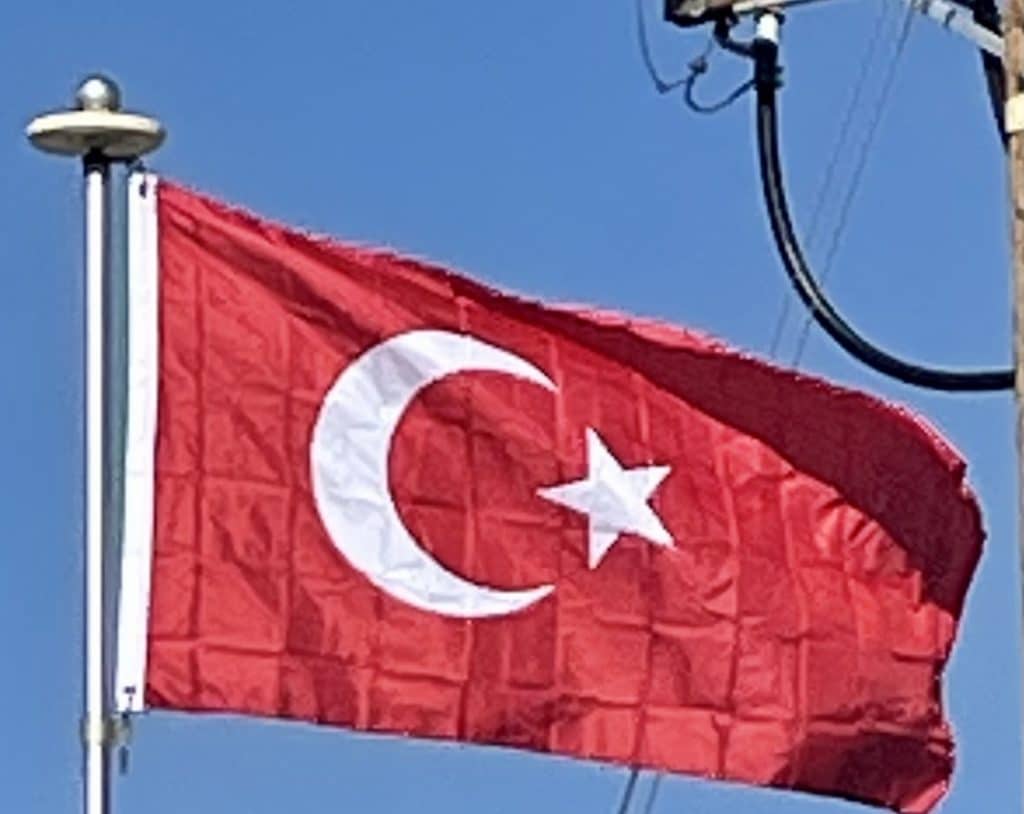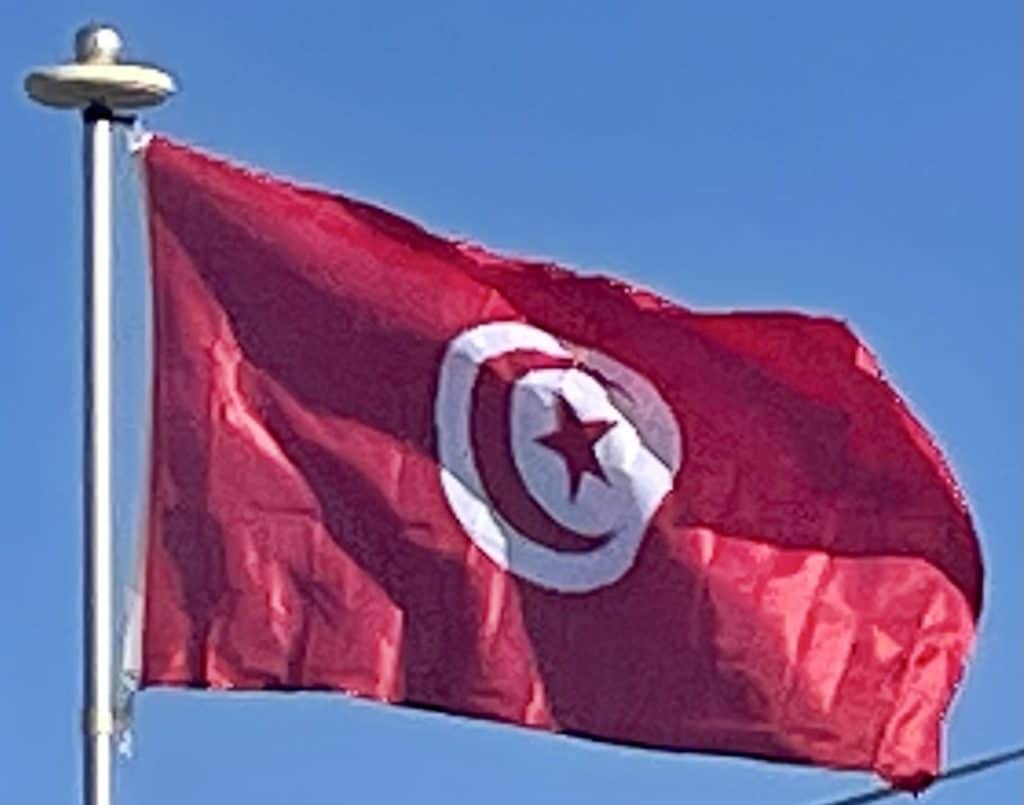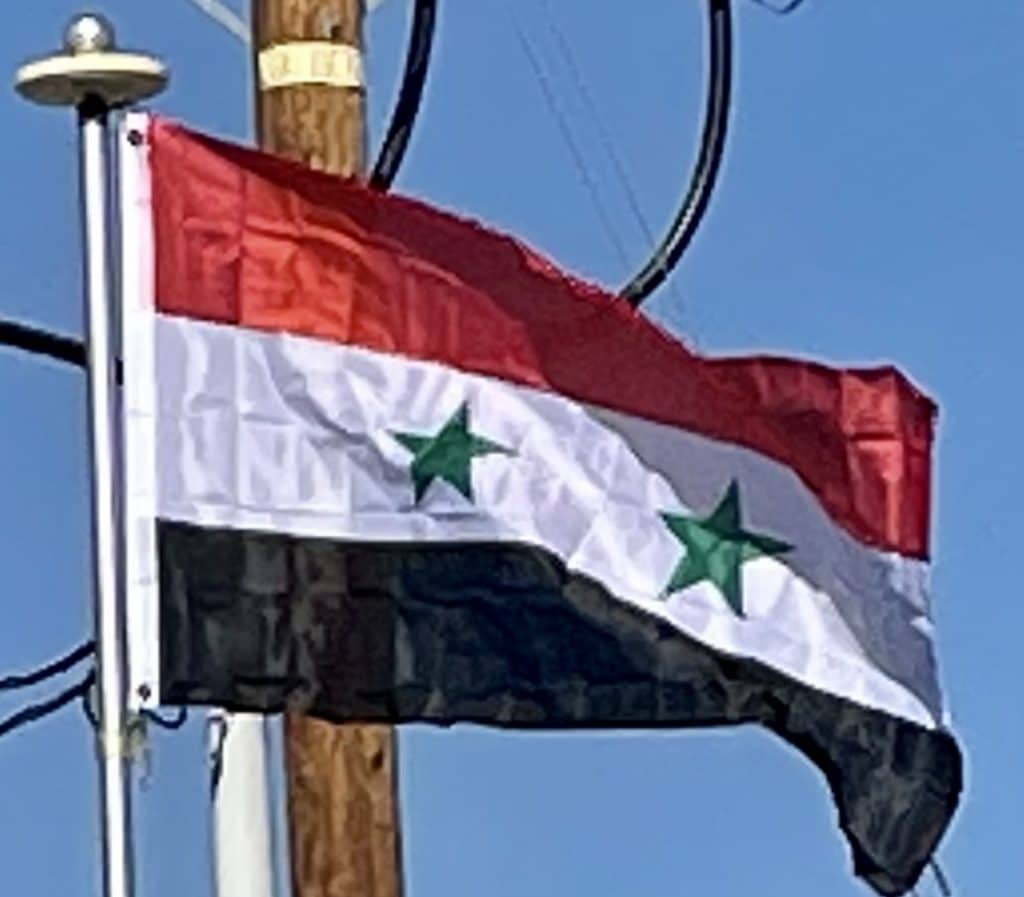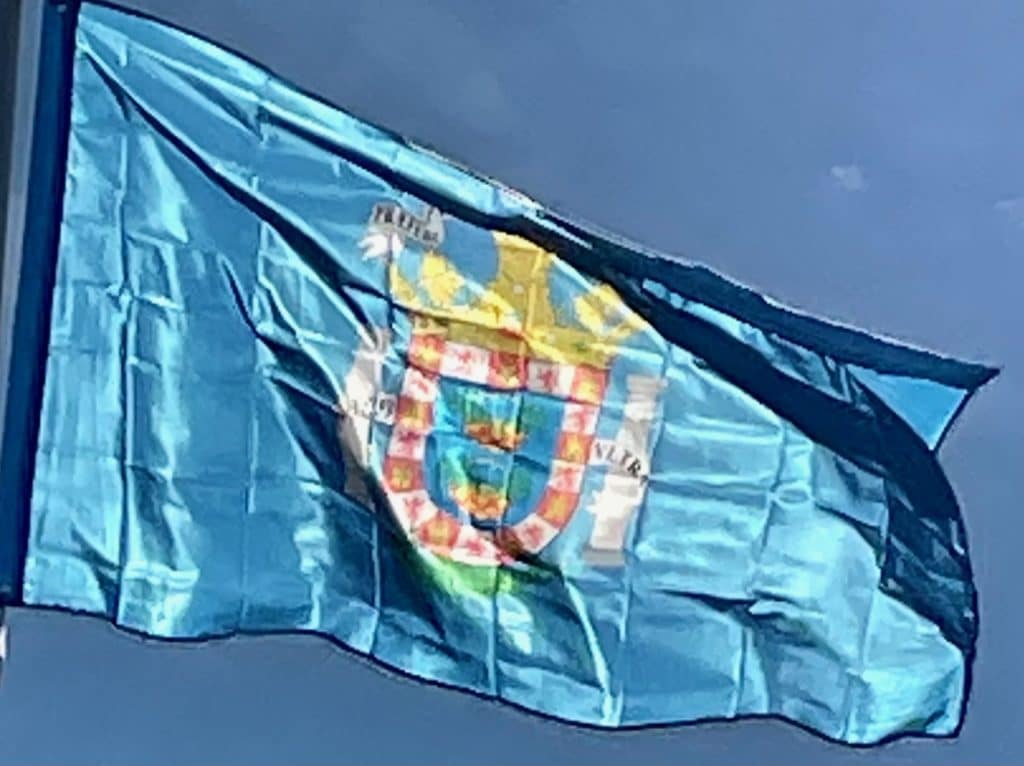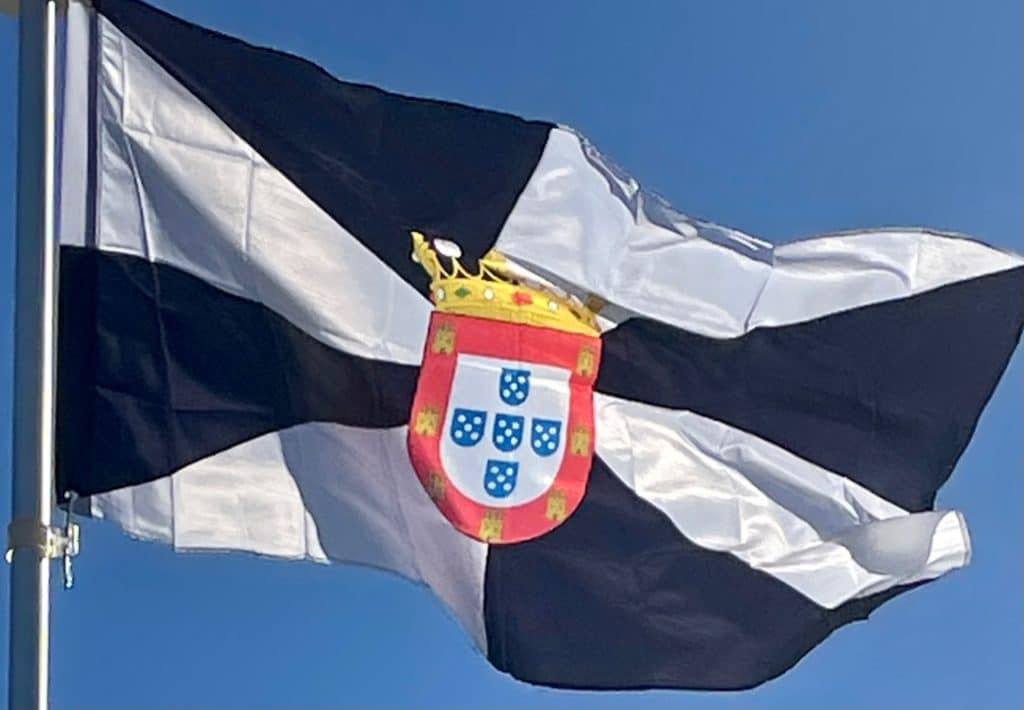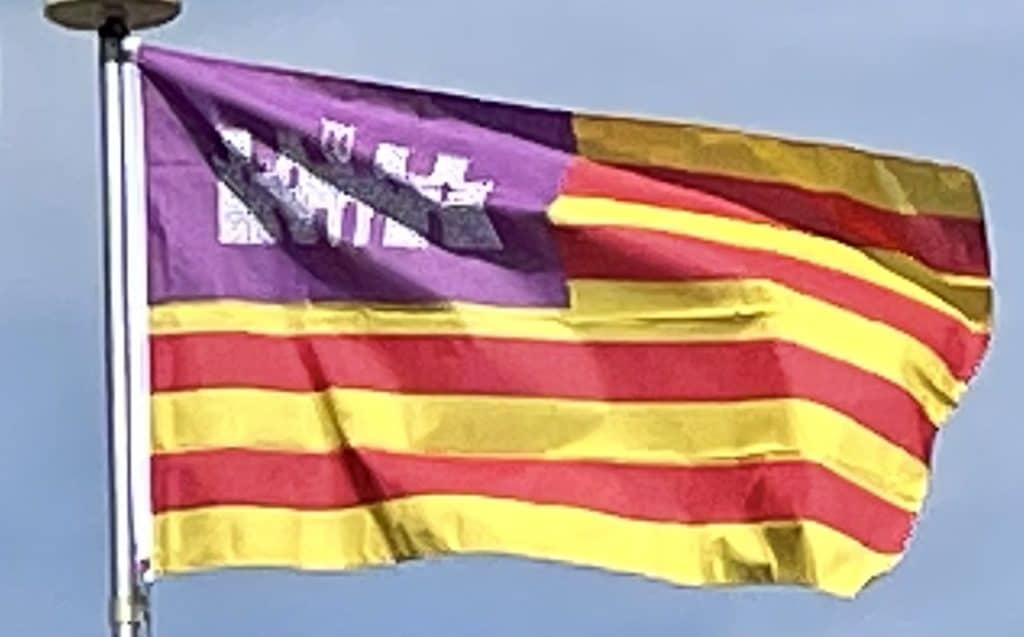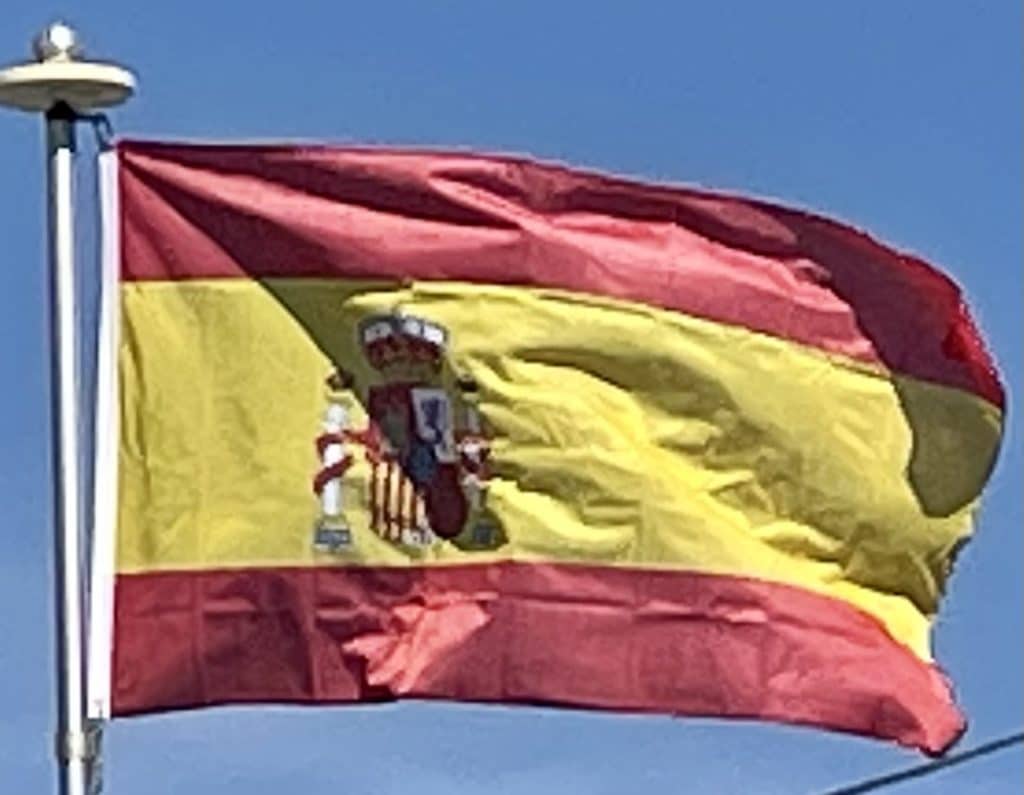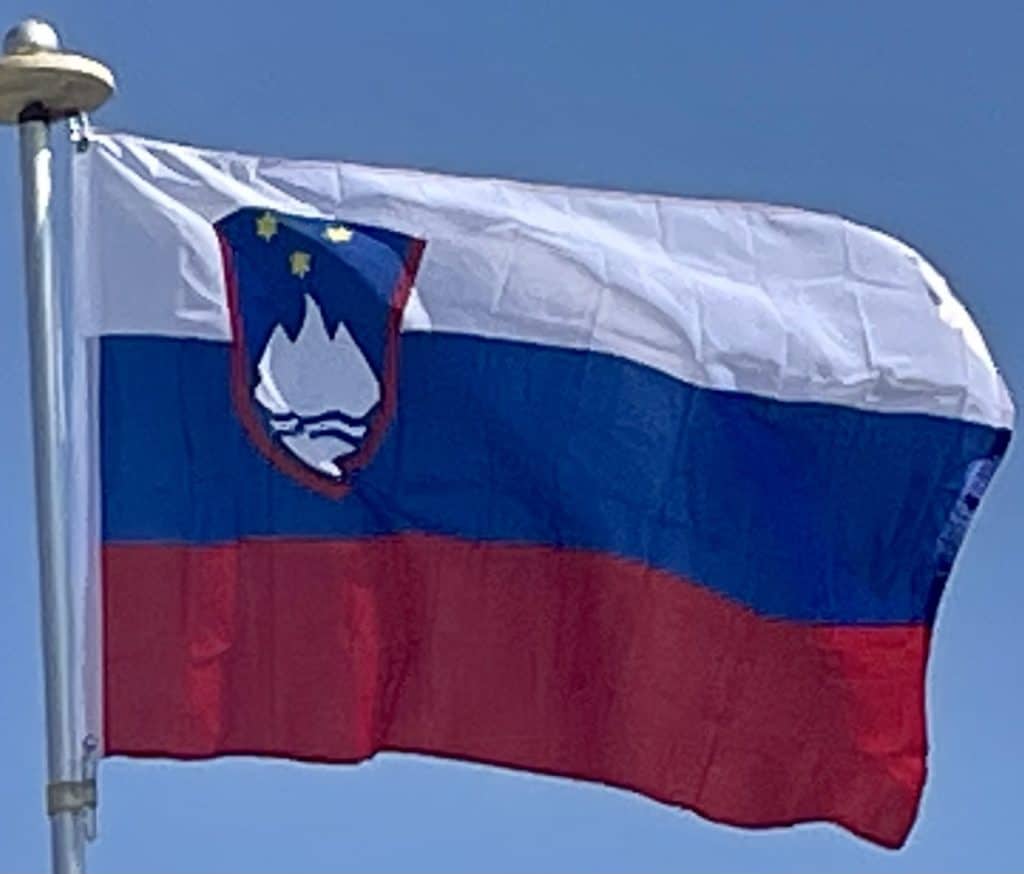Vatican City
The flag of Vatican City was adopted on 7 June 1929, the year Pope Pius XI signed the Lateran Treaty with Italy, creating a new independent state governed by the Holy See. The Vatican City flag is modeled on the 1808 yellow and white flag of the earlier Papal States, to which a papal tiara and keys were later added. The Vatican (and the Holy See) also refers to it, interchangeably, as the flag of the Holy See.
